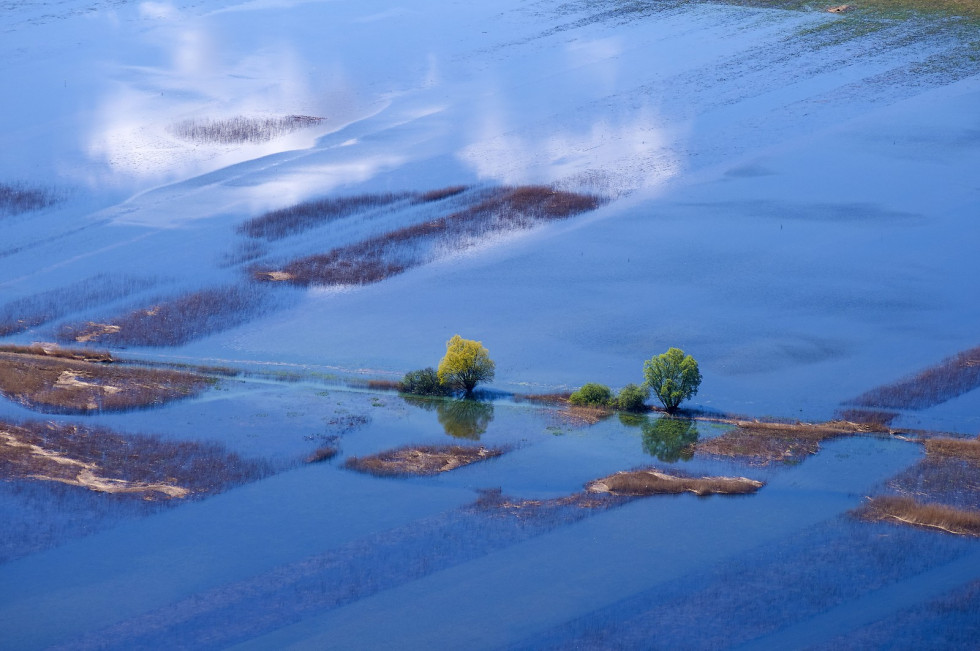Wetland biodiversity
In the last 300 years, mankind has destroyed more than 87% of the world’s wetlands. Wetlands are also among the most threatened ecosystems in Slovenia. The loss of wetlands involves the loss of biodiversity and functions performed by wetlands. In Slovenia, there are still preserved wetlands on the coast, along some rivers and on floodplains, and on karst fields and high plateaus (peat bogs); these remain crucial for biodiversity conservation, water treatment and drinking water supply and play an important role in the management of climate change. Teeming with life, wetlands are a cradle of biodiversity. They act like a kidney of the landscape, are drinking water reservoirs, play an important role in climate change management, are a source of food, and are both home for a great many plants and animals and a destination for relaxation and recreation for people. Biodiversity is key in numerous ecosystemic services provided by wetlands.
The Ramsar Convention is the first specific and earnest international agreement on the protection of the network of globally important water ecosystems. It now has 171 signatories; Slovenia acceded to it as a successor state of the former Yugoslavia. Slovenia has three wetlands of international importance defined in the framework of the Convention: the Sečovlje Salt Pans, the Škocjan Caves and Lake Cerknica.
This year’s World Wetlands Day points out the role of these ecosystems for biodiversity. Wetlands are dynamic habitats where many plant and animal species thrive thanks to an abundance of nutrients. And they are important not only for plants and animals, but also for people.


